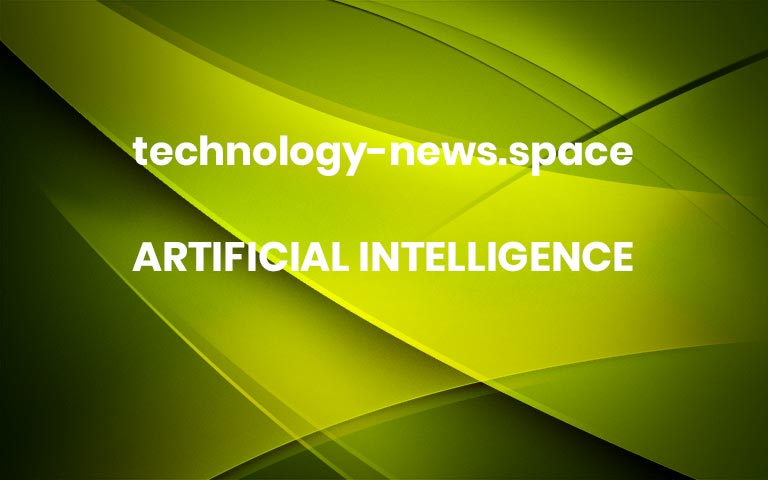The elephant in the server room
Suppose you would like to know mortality rates for women during childbirth, by country, around the world. Where would you look? One option is the WomanStats Project, the website of an academic research effort investigating the links between the security and activities of nation-states, and the security of the women who live in them. The […] More


